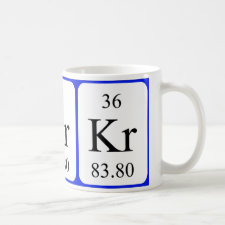
Authors: Xing WD, Ma ZF, Wang C, Lu J, Gao J, Yu C, Lin XY, Li CX, Wu YL
Article Title: Novel Molecular Organic Framework Composite Molecularly Imprinted Nanofibrous Membranes with a Bioinspired Viscid Bead Structure for Selective Recognition and Separation of Atrazine.
Publication date: 2021
Journal: ACS Applied Materials & Interfaces
Volume: 13
Issue: (24)
Page numbers: 28749-28763.
DOI: 10.1021/acsami.1c02829
Abstract: In this work, novel atrazine (ATZ) molecularly imprinted nanofibrous membranes (A-MNMs) with a molecular organic framework (MOF)-based viscid bead structure were developed based on a natural spider-web-inspired strategy for selective separation of ATZ. Poly(vinylidene fluoride)/poly(vinyl alcohol) (PVDF/PVA) blended nanofibrous membranes as the basal membrane were synthesized by electrospinning technology combined with a chemical cross-linking procedure. The most critical design is that MOF nanocrystals as the matrix of the viscid bead structure were assembled on the PVDF/PVA blended nanofibrous membrane surface and the specific recognition sites were efficiently constructed on the surface and pores of the MOF-based viscid bead structure by a surface imprinting strategy. Significantly, the as-synthesized MOF-based viscid bead structure has an enhanced specific surface area, which helps to form abundant specific recognition sites in A-MNMs. Therefore, the A-MNMs with a spider-web-like structure presented an enhanced rebinding capacity (37.62 mg g-1) and permselectivity (permselectivity factors β were 4.21 and 4.31) toward ATZ. Moreover, the A-MNMs display strong practicability in separation of ATZ from simulated environmental water samples. The presented work has shown tremendous potential for preparing natural spider-web-like molecularly imprinted membranes (MIMs) for selective separation of environment pollutants
Template and target information: atrazine, ATZ
Author keywords: molecularly imprinted membranes, electrospinning, spider-web-inspired strategy, atrazine, selective separation



Join the Society for Molecular Imprinting

New items RSS feed
Sign-up for e-mail updates:
Choose between receiving an occasional newsletter or more frequent e-mail alerts.
Click here to go to the sign-up page.
Is your name elemental or peptidic? Enter your name and find out by clicking either of the buttons below!
Other products you may like:
 MIPdatabase
MIPdatabase









